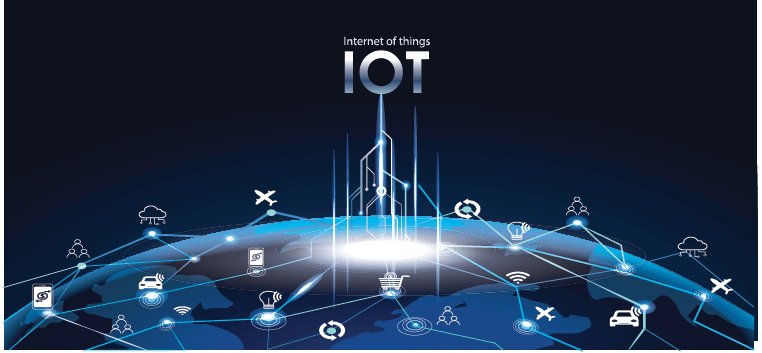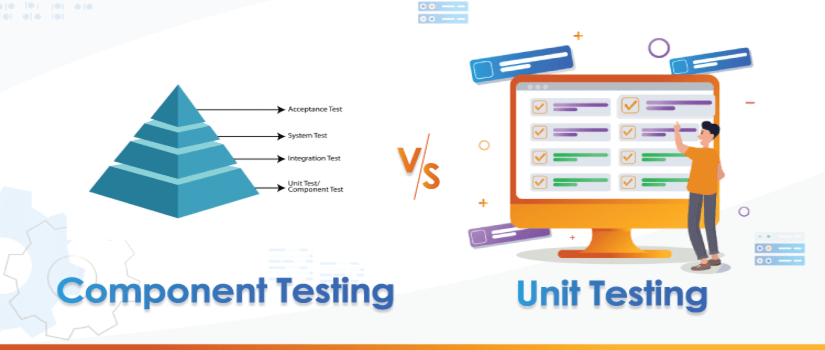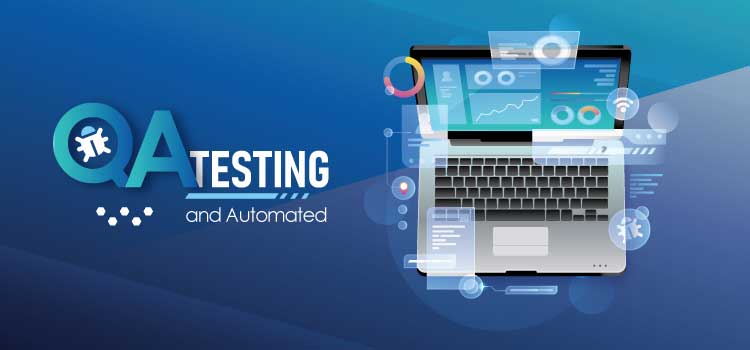What comes to your mind when you hear or think of IoT? It is an emerging topic that holds significant value technically, socially, and economically.
IoT is a huge network of connected things and people, collecting and sharing data as per their usage and environment. There is, however, no single, universal definition. It is basically a concept of connecting any device to the internet and to other connected devices. It encompasses everything connected to the internet and is used to define objects that talk to each other. It has become an on-going trend to connect all kinds of devices/objects to the internet, even the ones that we might never have expected of. And this includes everything from common household objects like light bulbs to consumer products like cars, to business assets like shipping labels, to wearables, and smart devices.
IoT refers to any system of physical devices that has the capability of receiving and transferring data over the internet network without human interaction and this has been made possible for all kinds of objects by integrating computing devices with sensors. Like for example, a smart thermostat can receive the location of your smart car while you are driving and use it to adjust your home’s temperature before you reach home. This will happen without your intervention and has an appropriate result as opposed to manual adjustment which can only be done before you leave for the day or after returning home.
IoT is about extending the power of the internet beyond smartphones and computers to a wide range of products, processes, and environments. By automating these devices, it becomes easy to gather information, analyze the data, and create an action based on it.
This concept where objects are being combined with internet connectivity and powerful data analytic capabilities has enabled organizations in a variety of industries and promises to transform the way we work, live, and play.
Another interesting fact of IoT is its intersection with AI (Artificial Intelligence). Though they are both unique technologies and their applications are independently intriguing, their combined use-cases have great potential. Both technologies communicate and revolve around data so imagine the power of data collected through the IoT connected devices and AI coming into the picture to help and promote the vision. IoT can leverage AI for better data collection and connectivity. It can provide value by improving accuracy rate, helping machines perform better predictive analysis, improving customer satisfaction, and enhancing operational efficiency.
IoT has changed our perception of technology and its applications in our daily lives. Many non-IT companies have already invested in IoT services by outsourcing the work to IoT development companies. Its potential is clear and almost every sector in the corporate world is going for IoT development to attain a competitive advantage.
How Does It work?
As the internet changed the way we use to work or communicate through the World Wide Web, IoT has taken this connectivity to the next level by connecting multiple devices to the internet at a time enabling man to machine and machine to machine collaborations.
IoT uses embedded systems to collect, send, and act on the data that they get from their environments. This data is used to make the devices more useful. These devices share the sensor data by connecting to an IoT gateway and send it to be analyzed either on the cloud or locally.
An IoT ecosystem comprises of four components that explains its working:
1. Sensors/Devices
Sensors or devices collect data from the surrounding environment, for example, a simple temperature reading or a complex full video recording. There could be multiple sensors bundled together in a device with the ability of doing more than just sense things, like our phones have several sensors such as camera, GPS, accelerometer etc. but as a whole device it is not just a simple sensor. Whether its a single sensor or a complete device, the main task is to collect the data.
2. Connectivity
Once the data is collected, it has to be transferred to the cloud which requires a medium. There are various methods to connect sensors/devices to a cloud infrastructure such as cellular networks, satellite, Bluetooth, Wifi, wide-area networks (WAN), etc. It is very important to choose the best connectivity option in the IoT system particular to the application, as each one has its own requirements and trade-offs i-e power consumption, range, and bandwidth.
3. Data Processing
Now when the data is uploaded to the cloud, the software initiates its processing on it. This can involve as basic as verification of the temperature reading being within an acceptable range, extending to the identification of objects such as intruders in the house through computer vision on video.
But the user has to come into action as well for situations like when the temperature goes too high or if the intruder has actually arrived.
4. User Interface
Next is the information gathered from the processed data, which has to be made useful for the user. An interface for the user to get notified or where they can actively check their IoT system. It could be achieved through alarms or notifications via text or email. Another way would be to have a dedicated mobile or web app where the user might want to check the video recordings of their installed cameras.
It’s not just a one-way street, there could be more uses of the IoT system depending on its complexity. For example, an end-user can perform an action via a mobile app like remotely adjusting the temperature. However, there are actions that could be performed automatically if some predefined rules are established in the automation settings of the system. The IoT system can notify the authorities too in case of an intruder instead of just alerting the user.
Benefits
IoT is a flavor enhancer for the technology world. Almost every existing technology can benefit from the application of IoT. It helps people live and work smarter. When something is connected to the internet, it gets the ability to send and/or receive information that makes things smarter and smart is good. Let’s take an example of a smartphone where you can listen to every song in the world not because all the songs are stored on your phone but because every song is stored somewhere else and your phone can send and receive the information (asking and streaming).
Not just automating homes and consumer products, it has become essential for businesses as well. It provides them with real-time insight of their systems into the performance and operations. It helps companies in automating the processes and reducing labor costs. Other some common benefits are:
• Improved service delivery
• Less expensive manufacturing
• Monitor overall business processes
• Improved customer experience
• Save time & money
• Enhance employee productivity
• Integrate & adapt business models
• Better decision-making
• Higher revenue
Conclusion
The impact of IoT on the internet and economy is projecting to be an impressive one where it is anticipated to reach as many as 100 billion connected IoT devices with a global economic value of more than $11 trillion by 2025.
Organizations are using IoT to operate more efficiently, to enhance customer services by understanding their customers in a better way, to improve decision-making, and to increase the value of their business. It supports the companies in rethinking the ways to approach their businesses and provide them with tools to enhance strategies.
IoT touches every industry and is one of the most important technologies of everyday lives that is picking up steam as more and more businesses are realizing its potential for competitive advantage.
A new future is promised with the combination of IoT and AI where automation and in-depth analysis will work hand-in-hand and businesses will reap the benefits of growth and make huge profits.
Feel free to Contact Us for end-to-end IoT solutions.











